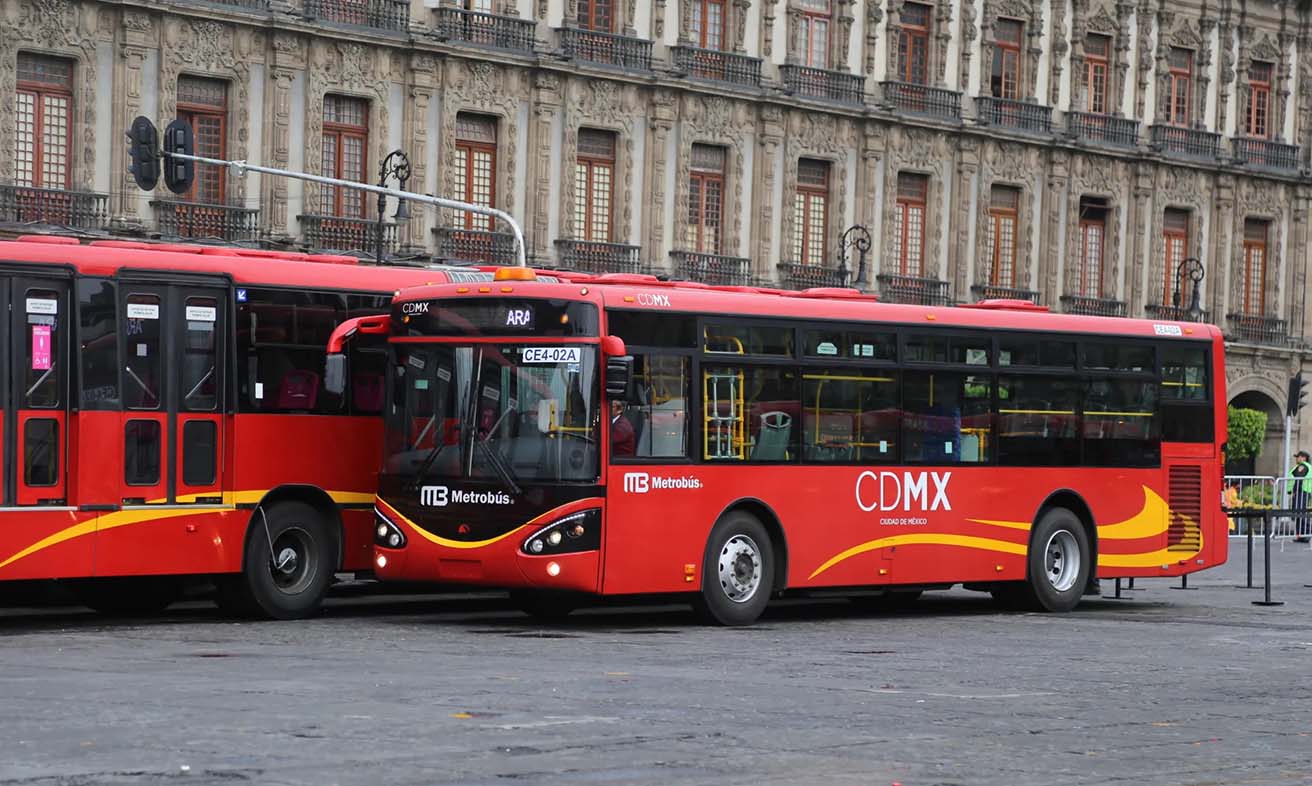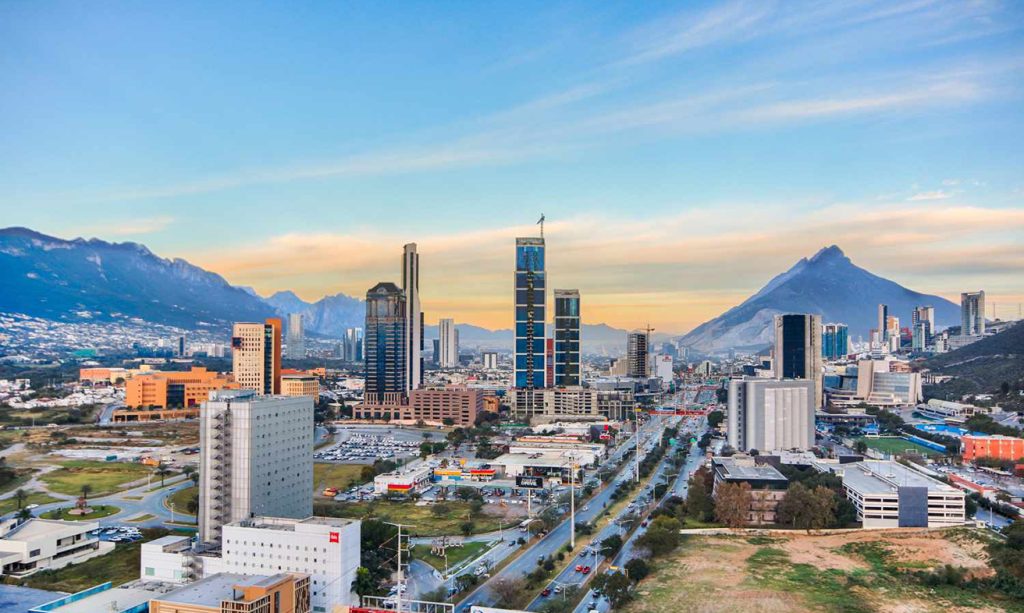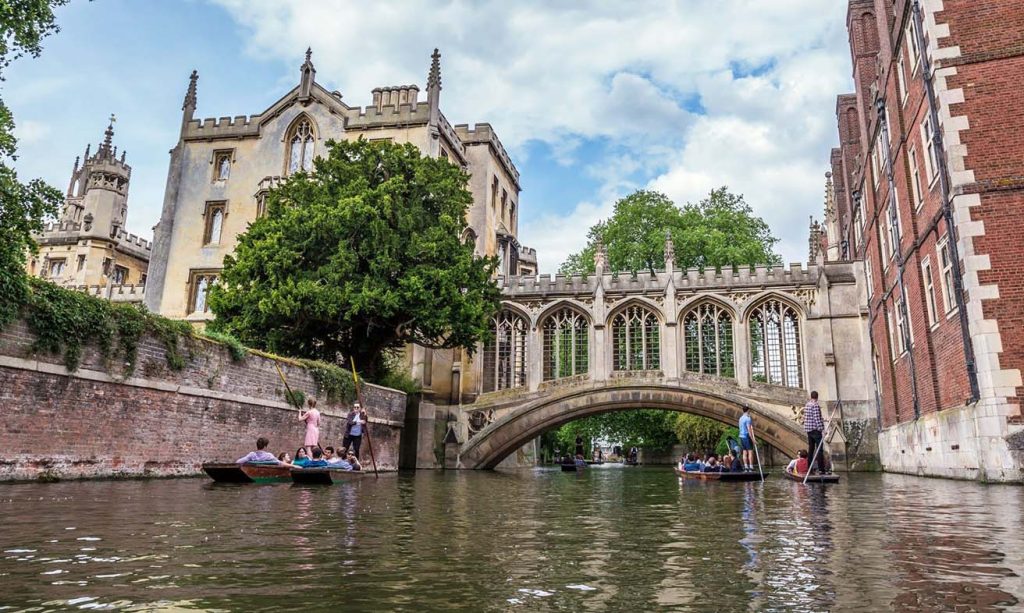Mexico City, or Ciudad de México (CDMX), is one of the largest and most vibrant cities in the world, with a population exceeding 20 million people. Navigating such a sprawling metropolis can be daunting, especially for first-time visitors. However, the public transport system in Mexico City is extensive, affordable, and generally efficient, making it one of the best ways to explore the city’s rich history, culture, and diverse neighborhoods. In this article, I will delve into the different types of public transportation available, provide tips for getting around, and share my personal experiences of using them during my visit.
Mexico City’s Public Transport System
Mexico City offers a variety of public transport options, including:
- The Metro
- Metrobus
- Trolebús (Trolleybus)
- RTP (Rutas de Transporte Público) buses
- Peseros (Microbuses or Combi vans)
- Light Rail (Tren Ligero)
- Ecobici (Public Bike System)
Each form of transport serves different parts of the city, and depending on where you’re headed, you might find yourself hopping from one to another. Let’s explore each in detail.
1. The Metro
The Mexico City Metro is the backbone of the city’s public transport system and one of the largest in the world. Opened in 1969, the metro now covers more than 200 kilometers (124 miles) and operates 12 lines that crisscross the city. It is the fastest, most efficient, and cheapest way to get around Mexico City.
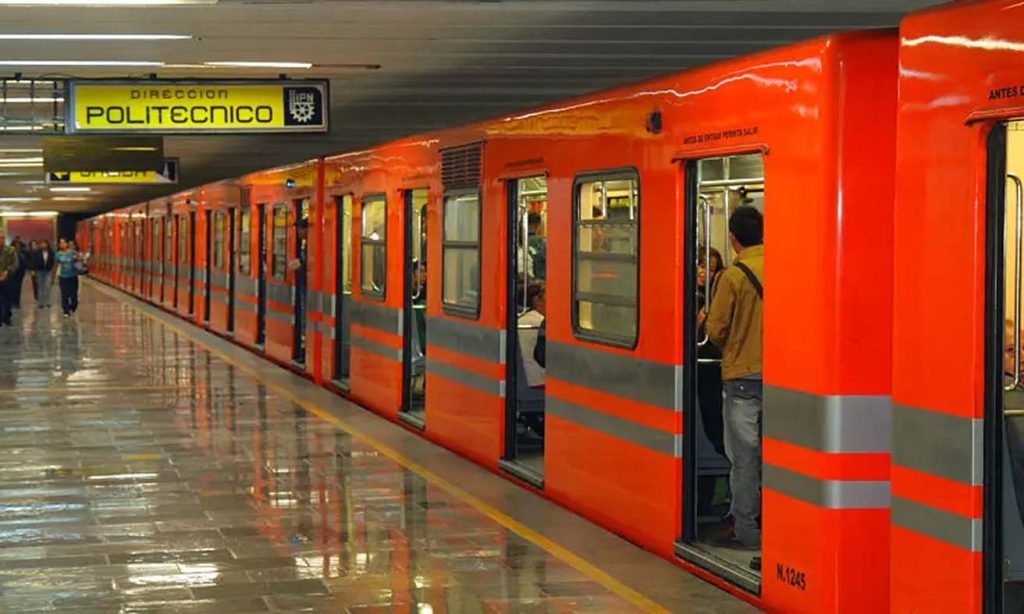
Ticket Price:
- The cost of a single ride on the metro is 5 pesos (around $0.25 USD), which is incredibly affordable.
How to Use:
You can purchase tickets at any station, or you can get a Tarjeta de Movilidad Integrada, a rechargeable smart card that works across the Metro, Metrobus, RTP, and Tren Ligero systems. I highly recommend getting the card if you plan to use public transport frequently during your stay. The card can be purchased and recharged at any metro station.
Personal Experience:
During my stay, I used the metro daily, and I must say, it was my go-to mode of transportation. Although it can get very crowded during peak hours (usually 7-9 AM and 5-7 PM), it’s fast and reliable. One of my favorite rides was on Line 2, which passes by some of Mexico City’s key historical landmarks like the Zócalo (main square) and Bellas Artes.
Tips for Using the Metro:
- Avoid rush hours if possible, as the trains can be packed to the brim.
- Keep your belongings close to you, as petty theft can occur, particularly in crowded spaces.
- Women and children under 12 can use the first two cars of each train, which are reserved exclusively for them.
2. Metrobus
The Metrobus system is another great option for getting around the city, especially if you’re traveling along one of the 7 main lines that stretch across the city. It’s a bus rapid transit system (BRT), which means it operates on dedicated lanes, making it quicker than regular buses, especially in traffic-heavy areas.
Ticket Price:
- A ride on the Metrobus costs 6 pesos (about $0.30 USD).
How to Use:
Like the metro, the Metrobus also uses the Tarjeta de Movilidad Integrada, so it’s easy to switch between different types of public transport with the same card.
Personal Experience:
I found the Metrobus to be particularly useful when traveling between Mexico City’s neighborhoods that aren’t well-connected by the metro. For example, I took Line 1, which runs along Avenida Insurgentes, one of the city’s longest and busiest roads. It took me from the southern area of La Condesa up to the northern parts of the city with minimal fuss.
Tips:
- The Metrobus can also get crowded, especially during peak hours.
- The buses are modern, with air conditioning, but be prepared for long waits if you’re traveling far.
- Make sure to enter through the correct doors, as the buses are separated into general and women-only sections.
3. Trolebús (Trolleybus)
The Trolebús is a trolleybus system that operates on electric wires and is a quieter, eco-friendlier option than the standard buses. There are currently eight lines serving different parts of Mexico City.
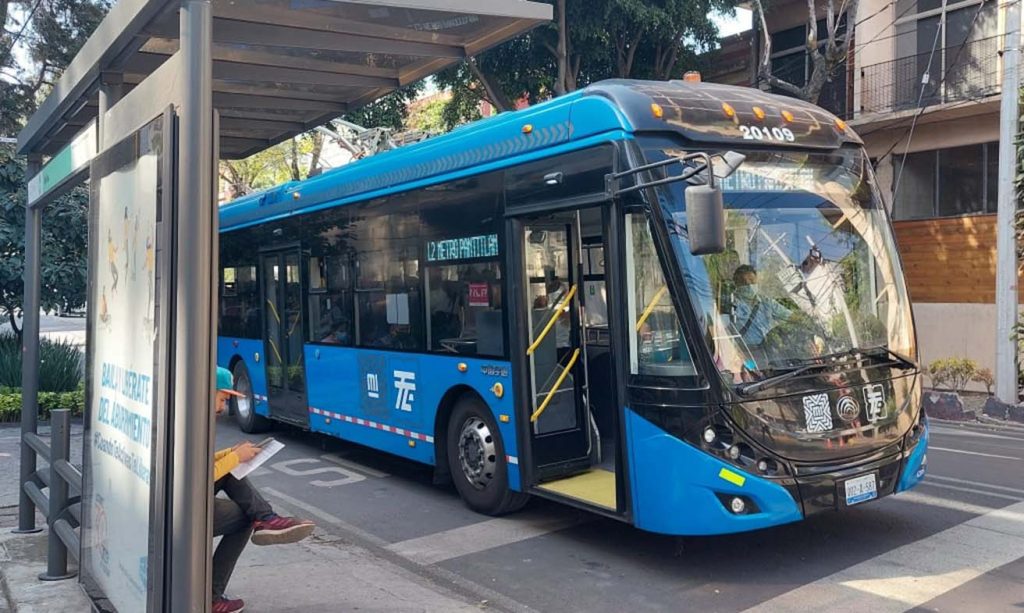
Ticket Price:
- A ride costs 4 pesos (around $0.20 USD), which makes it one of the cheapest options in the city.
How to Use:
You can pay in cash directly when boarding or use the Tarjeta de Movilidad Integrada.
Personal Experience:
I rode the Trolebús when visiting Coyoacán, one of Mexico City’s most picturesque and artsy neighborhoods. The experience was smooth, and the bus took me through quieter streets where I could admire the beautiful colonial-era architecture.
Tips:
- The Trolebús doesn’t cover the entire city, so it’s better suited for specific neighborhoods like Coyoacán or Xochimilco.
- It’s slower than the metro and Metrobus, but it’s less crowded and more scenic.
4. RTP Buses
The RTP (Red de Transporte de Pasajeros) buses are government-operated buses that cover areas not served by the metro or Metrobus. They are a reliable option if you’re traveling to the city’s outskirts or need to reach less accessible areas.
Ticket Price:
- RTP buses charge between 2 and 5 pesos depending on the route.
How to Use:
You can pay in cash directly on the bus or use the Tarjeta de Movilidad Integrada.
Tips:
- While RTP buses are cheap, they’re often slower due to traffic, especially during rush hours.
- They don’t run as frequently as the metro or Metrobus, so plan ahead if you need to use them.
5. Peseros (Microbuses)
Peseros are privately-owned microbuses or vans that operate on fixed routes throughout the city. They’re perhaps the most ubiquitous form of public transport, and you’ll see them everywhere. They can be a little chaotic, but they’re also an important part of the city’s transport network.
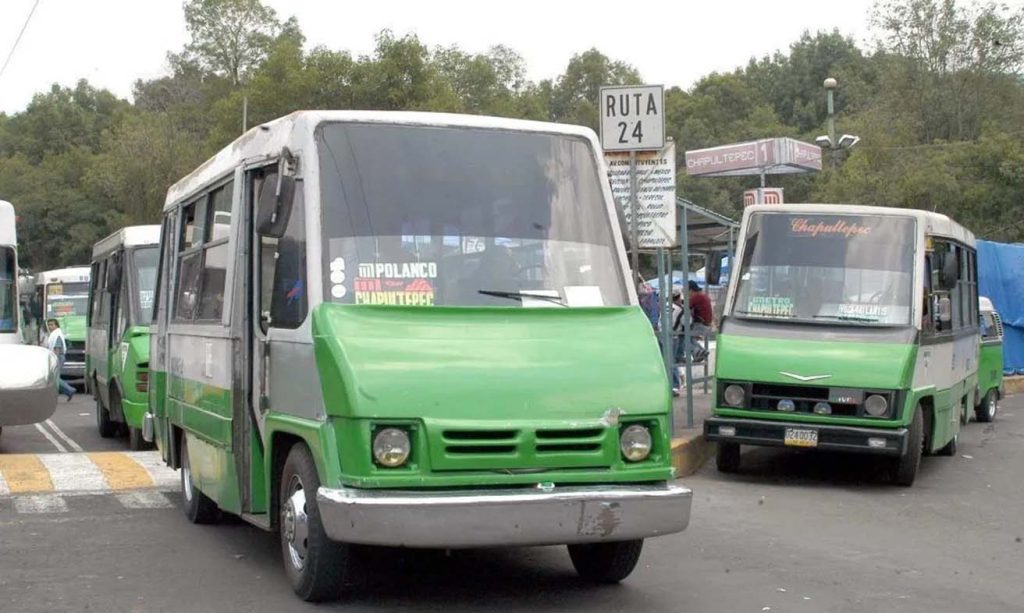
Ticket Price:
- The fare ranges between 5 and 7 pesos, depending on the distance.
How to Use:
You can flag down a pesero from the street, and payment is made in cash directly to the driver.
Personal Experience:
Riding a pesero was an adventure! It felt a bit disorganized compared to the metro or Metrobus, but it got me where I needed to go. The routes aren’t always clearly marked, so I had to ask locals for help. Still, it’s a very authentic way to experience the city.
Tips:
- Peseros can be confusing if you’re unfamiliar with the city, so it’s best to ask locals or your hotel for advice on which ones to take.
- They’re smaller and more crowded than regular buses, so expect a bit of a squeeze.
6. Light Rail (Tren Ligero)
The Tren Ligero is a light rail system that serves the southern parts of Mexico City, primarily the area around Xochimilco. If you’re planning a trip to see the famous floating gardens, this is the most convenient option.
Ticket Price:
- A single ride costs 3 pesos.
How to Use:
The light rail uses the Tarjeta de Movilidad Integrada, making it easy to switch between the metro and light rail systems.
Personal Experience:
I took the light rail on my way to Xochimilco, and it was a very pleasant ride. It’s less crowded than the metro and offers some great views of the southern parts of the city.
7. Ecobici
For those who prefer to explore the city on two wheels, Ecobici is Mexico City’s public bike-sharing program. With over 6,000 bikes available at 452 stations, it’s a great way to get around neighborhoods like Polanco, Condesa, and Roma.
How to Use:
You can register for Ecobici online or at a docking station. A day pass costs 112 pesos (about $5 USD), and there are also weekly and annual plans available.
Personal Experience:
I used Ecobici to explore Chapultepec Park and loved it. The system was easy to use, and cycling through the city’s tree-lined streets gave me a new perspective on Mexico City. The bikes are well-maintained, and docking stations are conveniently located throughout the city.
General Tips for Using Public Transport in Mexico City:
- Safety: Mexico City’s public transport is generally safe, but like in any large city, be mindful of your surroundings. Avoid using your phone or flashing valuables on crowded trains or buses.
- Plan Ahead: The public transport system is vast, but some areas of the city are better served than others. Use apps like Google Maps or Moovit to plan your routes.
- Rush Hour: Avoid traveling during rush hour (7-9 AM and 5-7 PM) if possible. The metro, in particular, can be extremely crowded during these times.
- Language Barrier: While many signs are in both Spanish and English, not all staff or passengers will speak English. Learning a few basic Spanish phrases can be helpful.
- Respect Local Customs: Always give up your seat to elderly passengers or people with disabilities, and be mindful of local customs regarding personal space.
- Keep Your Fare Handy: Make sure you have small denominations of cash, as larger bills may not be accepted on buses or microbuses.
Navigating public transport in Mexico City is an adventure in itself. From the efficiency of the Metro to the charm of peseros and the eco-friendly options like Ecobici, there’s a wealth of choices for getting around this incredible city. While it may seem overwhelming at first, the affordability and convenience of these options make exploring Mexico City accessible for everyone.
